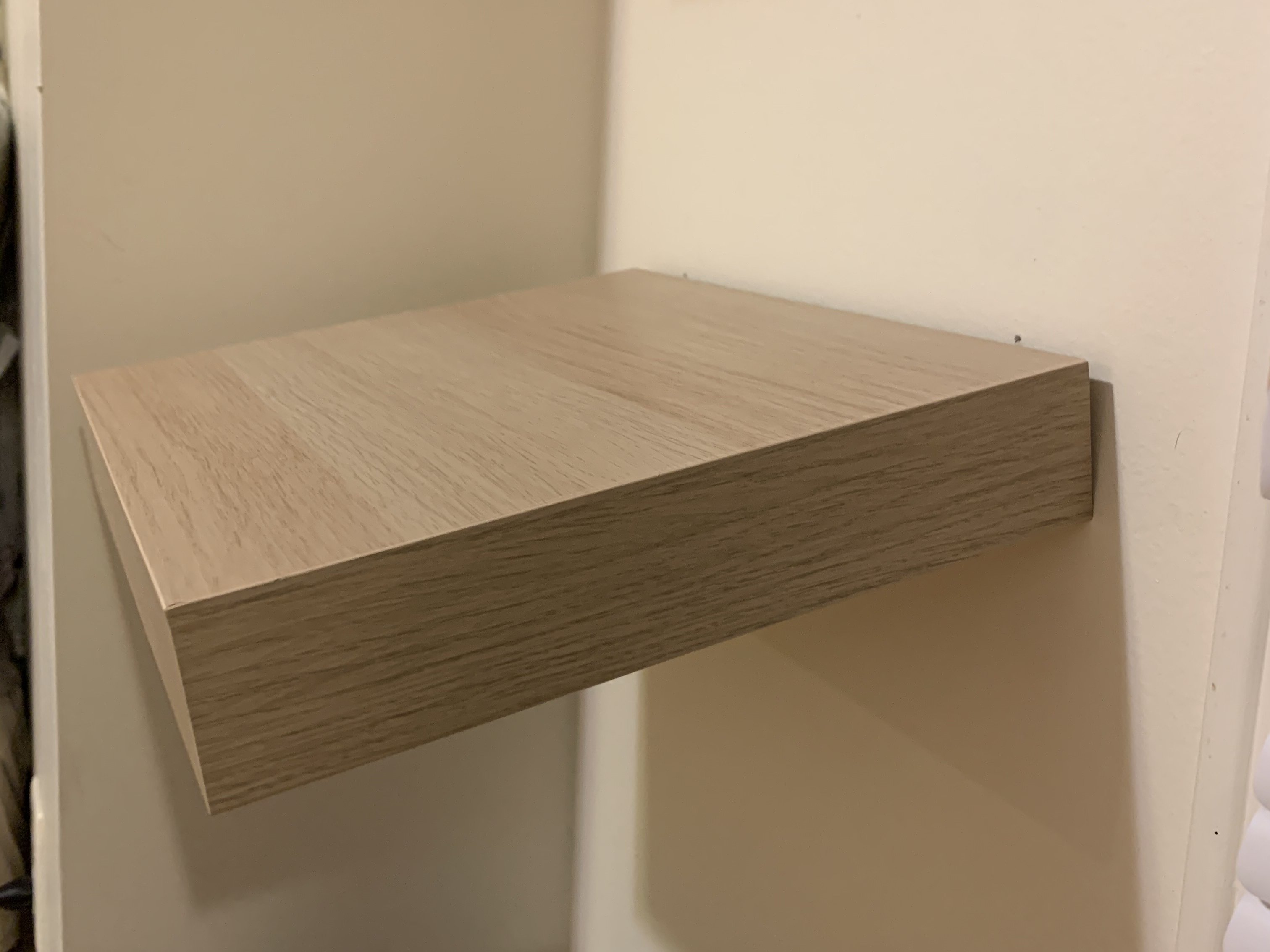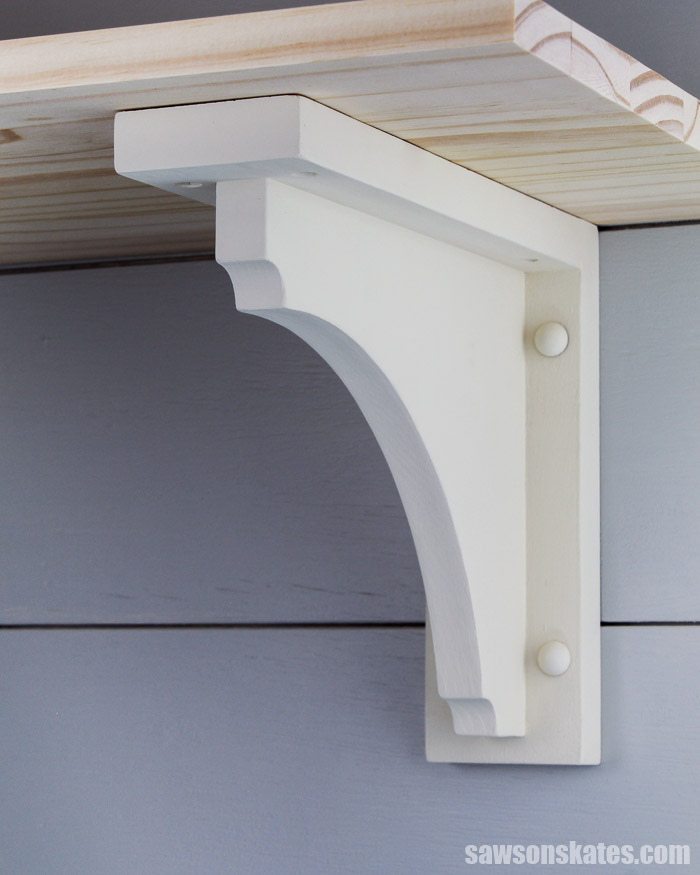D
Deleted member 8758
Zephir
- Joined
- Jul 31, 2020
- Posts
- 1,833
- Reputation
- 1,620
Too much foreward growth of the face itself without the cranial bone support leads to downswinging. Imagine having a single shelf on the wall and the dry wall screws are getting bent from the weight on the "foreward grown" front end, this is your face without adequate "wall" support. Your poor sphenoid angle basically makes your face swing downwards. Long face syndrome indicates this failure of foreward grown face (foreward grown doesnt always mean anteface

Basically when you have the bone support of having a better sphenoid angle your midface ratio becomes more compact.
You dont actually need more foreward growth, you need more upward bone support.

I made a rough simulation of what my profile would look like without adding any bone and just slightly changing the angle of the sphenoid. Foreward growth is really just compact face, all features are compacted. Its not like its pulled foreward like a facepuller which probably misses the point of what foreward growth is perceived as. Orthodontists suggest NOT to facepull because it can make overbites worse (because it pulls in same downward angle which does not favors for an already long face.)
My proposal is force added to the pterygoid plate to ROTATE it a few degrees BACKWARD and UPWARD while having a habitually erect vertebral column. I would call the pterygoid the nails/support beam that hold up the shelf (like the image.) Why the backwards part? Closing the distance of space between poorly supported bone = insurance against downswinging.
I think the mewers were hoping that by expanding the rear palate (Where it connects to pterygoid/maxilla) it would by proxy affect the sphenoid angle but it only helps it one-dimensionally. There could be a way to skip the palate-middleman and add force to the pyerygoid directly which might affect the sphenoid indirectly. I dont think we'll have easy access to the sphenoid core any time soon with an appliance. Who knows...

Red = simulated
In this loose simulation you can see that I created a kind of anteface without any foreward pulling and the eye sockets are slightly more compact along with all other features. The surface area of soft tissues would be more generously distributed. Skin would be pulled similar to a facelift, a procedure which seems to unintentionally simulate what good lateral bone support would be (to distribute more skin over a larger surface area) thus pulling the at skin surrounding the lateral canthus. Just try pulling the skin there.
If mm on the facial bones are miles on the face, then mm of sphenoid angle will be like tectonic plates of the face.
This might help determine who is a worthwhile candidate for asthetic bimax, essentially filtering out alot of people. This might help explain some of the cases of relapse. Good sphenoid angle might be a prerequisite to get any added benefit.
Basically when you have the bone support of having a better sphenoid angle your midface ratio becomes more compact.
You dont actually need more foreward growth, you need more upward bone support.

I made a rough simulation of what my profile would look like without adding any bone and just slightly changing the angle of the sphenoid. Foreward growth is really just compact face, all features are compacted. Its not like its pulled foreward like a facepuller which probably misses the point of what foreward growth is perceived as. Orthodontists suggest NOT to facepull because it can make overbites worse (because it pulls in same downward angle which does not favors for an already long face.)
My proposal is force added to the pterygoid plate to ROTATE it a few degrees BACKWARD and UPWARD while having a habitually erect vertebral column. I would call the pterygoid the nails/support beam that hold up the shelf (like the image.) Why the backwards part? Closing the distance of space between poorly supported bone = insurance against downswinging.
I think the mewers were hoping that by expanding the rear palate (Where it connects to pterygoid/maxilla) it would by proxy affect the sphenoid angle but it only helps it one-dimensionally. There could be a way to skip the palate-middleman and add force to the pyerygoid directly which might affect the sphenoid indirectly. I dont think we'll have easy access to the sphenoid core any time soon with an appliance. Who knows...
Red = simulated
In this loose simulation you can see that I created a kind of anteface without any foreward pulling and the eye sockets are slightly more compact along with all other features. The surface area of soft tissues would be more generously distributed. Skin would be pulled similar to a facelift, a procedure which seems to unintentionally simulate what good lateral bone support would be (to distribute more skin over a larger surface area) thus pulling the at skin surrounding the lateral canthus. Just try pulling the skin there.
If mm on the facial bones are miles on the face, then mm of sphenoid angle will be like tectonic plates of the face.
This might help determine who is a worthwhile candidate for asthetic bimax, essentially filtering out alot of people. This might help explain some of the cases of relapse. Good sphenoid angle might be a prerequisite to get any added benefit.


 can't see pic tho
can't see pic tho




